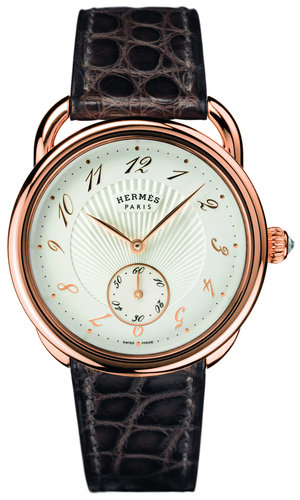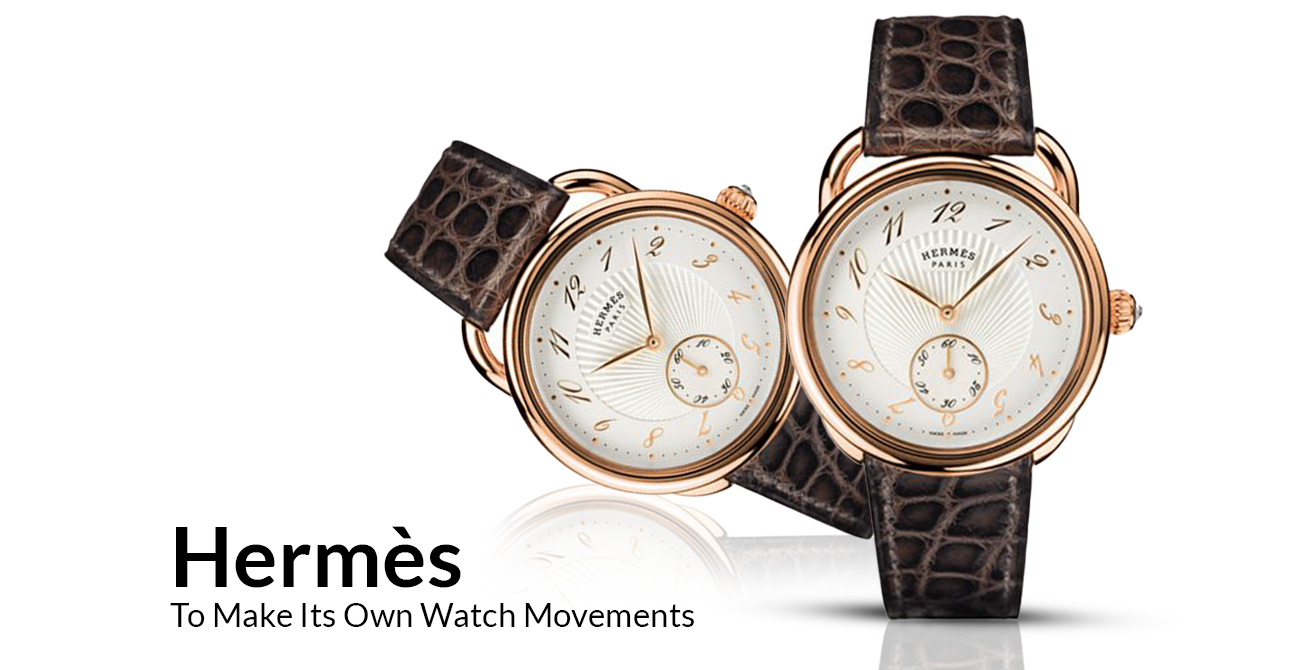At Hermès, if you want to ensure quality and uniqueness, you make it yourself. It’s surprising they waited this long to make their own watch movements.
![]()
![]()


This arrangement worked well for many years, but it wasn’t really the way the company liked to operate. With customers from Queen Elizabeth II, to Grace Kelly, Martha Stewart, Madonna and Nicole Kidman willing to wait up to a year for the painstaking handmade quality only Hermès master craftsmen could deliver, the company knew it was time to manufacture its own watch movements as well.
The Need For In-House Manufacturing
To make their own mechanical movements, dials, and watch cases in-house, Hermès invested over 26 million dollars to acquire a stake in movement maker Vaucher Manufacture Fleurier. They also acquired a significant stake in case maker Joseph Erard Holding and bought the Swiss dial maker Natéber outright.


According to Luc Perramond, chief executive of La Montre Hermès, the consolidation of the watch industry has made it imperative for luxury goods companies like Hermès to have their own manufacturing capabilities. “With fewer and fewer independent suppliers,” says Perramond, “there is a danger of losing access to your strategic components in the future if giant suppliers like Swatch Group decide they don’t want to deliver parts to companies like ours.”
Luc Perramond shouldn’t have to worry now, since Hermès can now make its own fine mechanical timepieces in-house. Samuel Friedmann, owner of Gevril Group, agrees that it’s crucial to produce in-house movements. With today’s consolidation in the watch industry the need to produce in-house movements has never been greater.
About Gevril Group


Please subscribe to the Gevril Group newsletter and blog updates. Reader comments are welcome.


